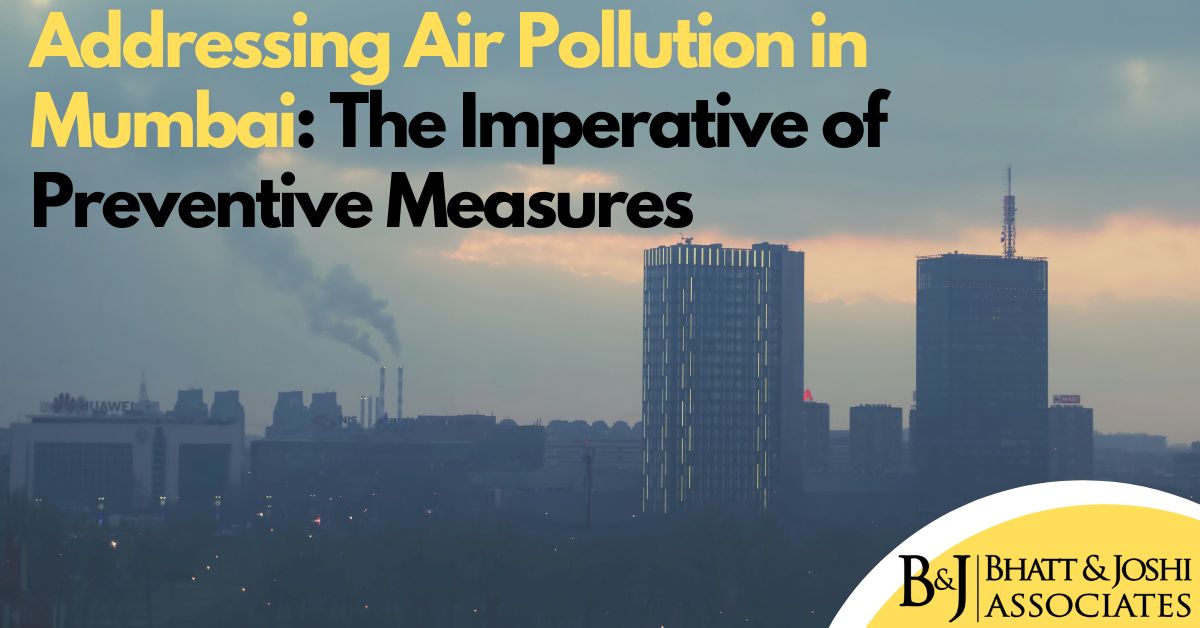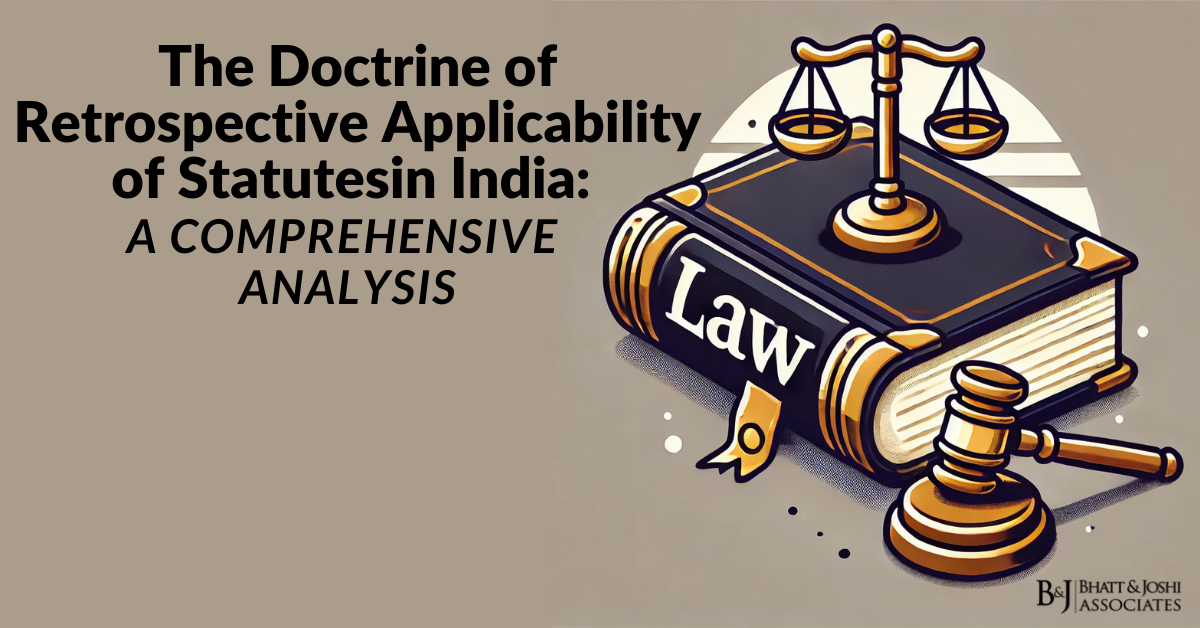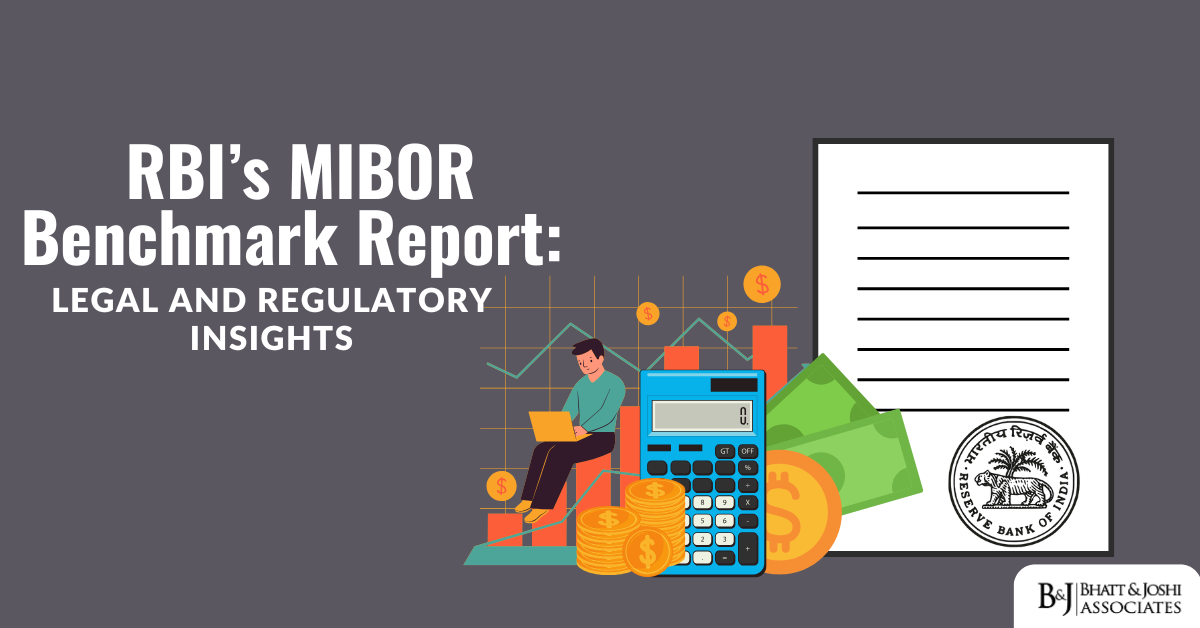Introduction: Understanding the Urgency of Air Pollution in Mumbai
Mumbai, the financial capital of India, is not just a bustling metropolis but also a city grappling with severe air pollution issues. As the economic and cultural hub of the country, Mumbai’s air quality has a significant impact on the health and well-being of its residents, as well as the overall environmental sustainability of the region. In recent years, escalating levels of air pollution have raised concerns among policymakers, environmentalists, and citizens alike, prompting calls for urgent action to mitigate the adverse effects of pollution on public health and the environment.
Current Situation and Legal Intervention Addressing Air Pollution in Mumbai
Against this backdrop, the Bombay High Court has emerged as a crucial institution in addressing the challenges posed by air pollution in Mumbai. In a recent hearing, a division bench comprising Chief Justice D K Upadhyaya and Justice G S Kulkarni underscored the urgency of the situation, describing it as “emergent.” The court noted that while laws and regulations pertaining to air pollution are in place, their effective implementation is the need of the hour. The court’s proactive stance highlights the judiciary’s role in safeguarding environmental integrity and promoting public health.
The Need for Preventive Measures
Central to the court’s directives is the call for preventive measures to tackle air pollution in Mumbai. Unlike remedial approaches that focus on mitigating pollution after it has occurred, preventive measures aim to address the root causes of pollution and minimize its impact proactively. This shift in approach reflects the recognition that mere reactive measures are insufficient to combat the complex and multifaceted nature of air pollution. By emphasizing prevention over remediation, the court signals a paradigm shift in environmental governance, underscoring the imperative of proactive interventions to safeguard public health and environmental sustainability.
Challenges and Opportunities
The implementation of preventive measures poses several challenges, ranging from regulatory enforcement to stakeholder engagement. One of the key challenges is ensuring compliance with environmental norms and regulations, particularly among industries and public projects. Despite the existence of stringent laws, instances of non-compliance and regulatory lapses remain prevalent, highlighting the need for robust monitoring and enforcement mechanisms. Moreover, the encroachment of residential structures around industrial areas exacerbates pollution levels, necessitating comprehensive urban planning and land-use policies. However, amid these challenges lie opportunities for transformative change. The court’s directives provide a roadmap for enhancing environmental governance and promoting sustainable development in Mumbai. By galvanizing stakeholders across government, industry, and civil society, preventive measures can catalyze collective action to address air pollution effectively. Moreover, technological innovations and green initiatives offer promising solutions to reduce emissions and promote cleaner and more sustainable practices.
Governmental Responsibility and Policy Interventions in Combatting Air Pollution in Mumbai
Central to the success of preventive measures is the role of the state government in formulating and implementing policies to address air pollution. Justice Kulkarni’s inquiry about the government’s policies regarding the relocation of industries underscores the importance of policy interventions in mitigating pollution sources. Zoning regulations, land-use planning, and incentives for green technologies are among the policy tools that can promote sustainable industrial practices and reduce pollution levels.
Additionally, the Maharashtra Pollution Control Board (MPCB) plays a pivotal role in enforcing environmental regulations and monitoring compliance. The court’s directive to initiate audits of industries underscores the importance of regulatory oversight in ensuring adherence to environmental norms. By strengthening enforcement mechanisms and enhancing transparency and accountability, the MPCB can bolster its effectiveness in addressing air pollution and promoting environmental stewardship.
Community Engagement and Public Awareness
Beyond governmental and regulatory interventions, community engagement and public awareness are critical components of preventive measures. Empowering citizens with information about the health risks of air pollution and the importance of adopting sustainable practices can foster a culture of environmental responsibility. Community-based initiatives, such as tree planting drives and clean air campaigns, can mobilize collective action and promote grassroots solutions to air pollution. Moreover, public participation in decision-making processes, such as urban planning and environmental policymaking, can ensure that the voices of affected communities are heard and their concerns addressed. By fostering dialogue and collaboration between government agencies, civil society organizations, and local communities, preventive measures can harness the collective wisdom and expertise of diverse stakeholders to tackle air pollution holistically.
Technological Solutions and Innovation
Technological advancements offer promising solutions to address air pollution and promote sustainable development in Mumbai. From renewable energy sources to electric vehicles and green infrastructure, innovative technologies can reduce emissions and mitigate the impact of pollution on public health and the environment. Moreover, smart city initiatives and data-driven approaches can enhance monitoring and surveillance of pollution sources, enabling targeted interventions and resource allocation. Investments in research and development can drive the development of new technologies and solutions to address the specific challenges posed by air pollution in Mumbai. Collaborations between government, academia, and industry can facilitate knowledge exchange and innovation diffusion, fostering a culture of continuous improvement and adaptation to changing environmental conditions. By harnessing the power of technology, preventive measures can accelerate progress towards cleaner air and a healthier environment for all.
Conclusion: Towards a Sustainable Future
In conclusion, the imperative of preventive measures underscores the urgency of addressing air pollution in Mumbai. By shifting the focus from remediation to prevention, the Bombay High Court’s directives offer a roadmap for enhancing environmental governance and promoting sustainable development in the region. Through collaborative efforts and innovative solutions, we can mitigate the adverse effects of air pollution on public health, safeguard the environment, and build a more resilient and sustainable future for generations to come. As we embark on this journey towards cleaner air and a healthier environment, let us unite in our commitment to protecting our planet and ensuring a better tomorrow for all.














